The main reason for our visit to Avila was to see the Shrine of Saint Teresa of Avila (also known as St. Teresa of Jesus), who was born and spent her years there as a Carmelite nun.
Since childhood, I have admired two female saints with the same name – Saint Therese of Liseux (also known as Saint Therese of the Child Jesus) and Saint Teresa of Avila, and I had longed wished to visit their shrines. Though they were both great women of faith and have dedicated their lives in the service of God inside the monastery, they were quite different from each other.
While Saint Therese was known for the simplicity of her approach to spiritual life (she believed that it was not necessary to accomplish heroic acts or great deeds to attain holiness and express her love for God, and that little sacrifices and prayers will do wonders), Saint Teresa was quite the opposite. She was a theologian, a reformer, a mystic, and an author of several books, including, The Interior Castle, a contemplative meditation guide which became an integral part of Spanish literature (and which I have read) and the Way of Perfection, a living book written to teach her nuns how to progress through prayer and meditation (which I plan to read sometime). She was declared a “Doctor of the Church” by Pope Paul the VI in 1970.
And while the French Therese aspired to attain her holiness at an early age by entering the convent when she was 15 years old with her parents' blessing, the Spanish Teresa, fascinated by the lives of saints at a very early age, ran away from home with her brother when she was seven, with the hope of attaining martyrdom among the Moors. Their uncle spotted them outside the town walls as he was returning from work and brought the two children home. In her later years as a Carmelite nun, she founded a reformed Carmelite convent that stemmed from her unease with the spiritual malaise and the laxity towards the observance of prayer and solitude that prevailed at the monastery. So you see, the attainment of holiness can take many different forms and pathways, as exemplified by the two Teresas.
The Convento de San Jose, the one founded by Saint Teresa, was one of the spiritual centres we were going to visit that day, along with the Santa Teresa Church and the Convento de Santa Teresa. I wish we had the chance to visit all of the centres, but it was impossible. Avila is one of the cities with the highest number of Romanesque and Gothic churches (and convents) per capita in the whole of Spain. In fact, it is also known as the “Town of Stones and Saints," referring to the churches and the saints that they honour. As I mentioned in an earlier article, one would need to stay longer in Avila to experience everything.
My travel amigas and I made it to the meeting place on time right after lunch, and our Tour Director said that we would walk to the Convento de San Jose first because it is situated outside the medieval walls on Calle Las Madres.
The convent was founded by St. Teresa in 1562, and the church was built in 1607. It is a small church with one nave and the façade, commissioned by King Philip III of Spain, is set on two levels, which matches with the top pediment and portal of three arches in the bottom. This design became the model for all Carmelite churches. We did not go inside, but our Tour Director mentioned that the complex houses the monastery of the Discalced Carmelites, the Museo Teresiano dedicated to Saint Teresa of Jesus, and the chapel and crypt of the Guillamas family, one of Avila’s prominent families from way back.
We walked back to Calle de San Segundo and from there, took Paseo Rastro to enter the walled town via the Puerta de Santa Teresa, where the Convento de Santa Teresa is only a few steps away.
The 17th century convent was built after the saint's canonization over the house where she was born. The church has a Baroque façade and inside, it has a Latin cross floor plan with a central nave and four chapels on each side filled with magnificent sculptures. There were also decorations depicting scenes of Santa Teresa demonstrating her power of levitation. (Her levitations during prayer and meditation were witnessed repeatedly by many people.)
The room where she was born was closed for renovations that time, but our Tour Director told us that the saint’s life-sized statue, usually kept in that room, could be seen in one of the chapels. From one of the windows, we also viewed the garden where she once meditated and prayed.
Underground, there is a large vaulted burial crypt which is now a museum. We also visited the Sala de Reliquias (Reliquary Room) that displays Saint Teresa's childhood memorabilia. After all, she grew up there. Also on display are her relics, as well as that of her friend, Saint John of the Cross. We saw the saint's finger from her right hand with a ring around it encased in a glass container, the sole of one of her sandals, her rosary beads, and a cord that she used to flagellate herself.
As a Roman Catholic, I am familiar with relics, but I heard a couple of tourists behind me say they find looking at the incorrupt finger quite macabre. One of my travel amigas told them that she could understand. She felt that way when she saw the relic of St. Catherine of Sienna enthroned at the Basilica of San Domenico in Tuscany – her mummified head inside a locked, gilded grate. I have not been there, but I have seen the relic of St. Francis Xavier when it was brought to Canada a few years back – his severed arm. My son also saw it during a school field trip and I recall that the principal reminded the parents to give our children a briefing to help them understand what they were about to see. For me, relics serve as my connection to the holy men and women of the Church...much like how mementos from loved ones long gone keep our bonds with them alive, but on a much higher level.
The word "relic" comes from the Latin relinquo, literally meaning "I leave" or "I abandon." In the Catholic Church (and even in the Orthodox Church that I later learned during my visits to Eastern Europe), a relic is a piece of the body of a saint, an item owned or used by the saint, or an object which has been touched to the tomb of a saint. Traditionally, a piece of the body of a saint, especially that of a martyr, may be, with the permission of the local ecclesiastical authority, used in solemn processions recalling the specific holy person.
Relics are venerated by the faithful. Veneration, an act of honour or respect (not worship), dates back to the beginning of the Church and reflects a belief that the saints in heaven intercede for those on earth. Through the years, relics have been a source of miraculous healing, protection, inspiration of faith, and spiritual advancement. Think of it as our spiritual link with the saints who pray for us. When we touch the relic of a saint, the object itself is not healing or doing wonders. Rather, God’s grace through the object and the saint's intercession, performs the blessing.
The relics of Saint Teresa in this shrine are some of her many relics that are scattered in Europe. It is said that nine months after her death, her coffin was opened and her body was found to be intact. Before the body was re-interred, one of her hands was cut off, wrapped in a scarf and sent to Ávila. Jeronimo Gracián, the Carmelite visitator at that time (an ecclesiastical superior discharged to evaluate ecclesiatical institutes), cut the little finger off the hand and kept it with him until it was taken by the occupying Ottoman Turks, from whom he had to redeem it with a few rings and 20 reales. The hand is in Ronda, Spain, but it is said that Spanish dictator, Francisco Franco, a devout Catholic, kept it by his bedside until his death. It was retrieved from the Republican troops during the Spanish Civil war and returned to the Discalced Carmelites of Ronda. The finger remained in Avila.
On one side is a souvenir shop, where I picked up some rosaries and books. The rest of the convent, which is still active, is closed to visitors.
We returned to the main gate, Puerta de Alcazar, by zig-zagging the streets within the gates. It was an extremely quiet afternoon with most of the shops closed. Our Tour Director explained that in Avila, the residents and shopkeepers take their siesta time seriously.
I walked alongside our Tour Director and as we were chatting about spirituality, mysticism, and religious callings, I was surprised when he said he really thought I was a lot older than I looked. I laughed and I asked what made him say that. He said that even though I looked to be just in my early twenties (and I thanked him for the compliment), he could sense my "wisdom." I laughed even louder and told him that I sure hope so, since my actual age was almost twice the age that he projected for me. He apologized for bringing up the age issue because he was taught never to discuss age with women, but for some reason, he felt compelled to mention it to me. I assured him that I am not the least bit hesitant about revealing my age, for I believe that if one lives a good, productive life, there is no reason to be embarrassed for being old. It was his turn to laugh.
I guess, at that point, he became comfortable enough with me to share something that had been troubling him (and I had a hunch that an interesting incident with a particular group of people that afternoon triggered it). He confessed that this tour had been extra difficult for him. It was supposed to be a spiritual tour, but somehow, he was having challenges with the spiritual part. I asked if this had something to do with a certain group of people, referring to Lady Ring Leader and her troupe (a group of senior travelers who seemed to have missed the memo that this tour was a religious pilgrimage). He shrugged his shoulders and gave me a big sigh to confirm my assumptions. But he was quick to clarify that the rest of the tour group was fine.
He told me he had been trying his best, but that he felt he was falling short as a Tour Director, and that at some point, he just gave up. This was the first time ever, in his ten years of directing tours that he felt so frustrated and so helpless with a group. And because he had been stretching his understanding and patience to cater to this "special" group’s particular needs (even if most of them do not have anything to do with anything spiritual), he felt that he had failed the rest of us who were here for the actual spiritual journey. He said that as the Tour Director, he was not able to control the impious behaviour and at times, even hedonistic tendencies of this "special" group.
He could not reconcile how on one end, he had pilgrims who were there to seek healing for a serious illness, pray for a loved one who is gravely sick, atone for one’s past mistake, spend some time in prayer and contemplation to seek guidance amidst a life crisis, fulfill a pledge in honour of a departed loved one, or embark on a personal spiritual retreat (like me), while on the other end - the very extreme end, he had tourists who we here to have fun, do photo shoots, shop, and heaven forbid, gossip and gamble! Yes, I told him the gambling part did not sit well with most of us…and he was already aware how some of us felt about Lady Ring Leader trying to boss everyone around and being rude to those who were not “part of her group.”
He shared with me that every night, he had been talking to his wife. Like him, she was also working as a Tour Director for the same company and was at that time, in Eastern Europe directing another tour. His wife had coincidentally handled Lady Ring Leader’s troupe the previous year on an Italian tour and had the same issues with them. But he said that his wife’s outgoing personality allowed her to be more tolerant of this "special" group and to handle them with grace. In fact, he admired her greatly for surviving them. “How did she manage to do that?” he asked in awe. He was not sure if he could do the same. His wife had been really supportive, giving him pieces of advice, and motivating him to hang in there. However, every single day of this tour proved to be a hurdle for him and he couldn’t wait for this to be over.
To add insult to injury, despite his best efforts, he found out that this "special" group (and most especially, Lady Ring Leader herself) gave him a very poor review - a review that would be reflected on his ratings as a company Tour Director. I felt so bad for him!
I mentioned that if it helped, my amigas and I gave him a favourable review, and I was certain that the other pilgrims did the same. We all knew the challenges that he faced and we understood that this was not easy for him. I also told him that if he needed some respite from all the chattering from the troublesome troupe, he could take it easy and just hang out with us. I did suggest, however, that should Lady Ring Leader book another tour with their company, they should flag it and make sure they go on their own next time and not be combined with individual travellers. I even joked that he should put them on his personal blacklist so that he would never, ever be assigned to them. We both laughed.
“One more day,” I said, “one more day and this will be over for you and for us “real pilgrims.” That lightened his mood a little bit. I was glad I served as his sounding board that afternoon. I thought he could really use a friend.
It was then that I realized that a pilgrimage does not only involve "getting something out of this spiritual journey," but it also involves giving something to others. It's a mutual exchange among pilgrims. We all have our own burdens and back stories, our own paths to traverse, our own challenges to conquer, and our own goals to achieve. But our time together could be a wellspring of support and upliftment, even for a brief moment. I always believe that there is a reason why we encounter people at certain times in our lives and why at certain moments, we find ourselves interacting with particular individuals. I hoped that my short conversation with our Tour Director brought him some comfort and raised his spirits, even for a little bit.
I rejoined my travel amigas and we bought some yemas de Santa Teresa, the iconic dessert named after the saint, from a nearby bakery (surprisingly, they were open at siesta time) before heading to the meeting point. These quintessential sweets that look like tiny orange soft balls are made of only four ingredients – egg yolks, sugar, water, and icing sugar. Sometimes, lemon zest is also added for that extra punch. Paired with coffee and the wonderful view of the sweeping Avila landscape before us, my amigas and I, along with our Tour Director whom we invited to eat with us, munched on our snacks while waiting for the others to arrive. He looked more relaxed now that we shifted our conversation to mundane matters, such as food, wine, and long drives.
Indeed, there is nothing that a bit of sugar and an amazing view could not cure.
Photo Credits:
avilaturismo.com, mapio.net, todosobreavila.com













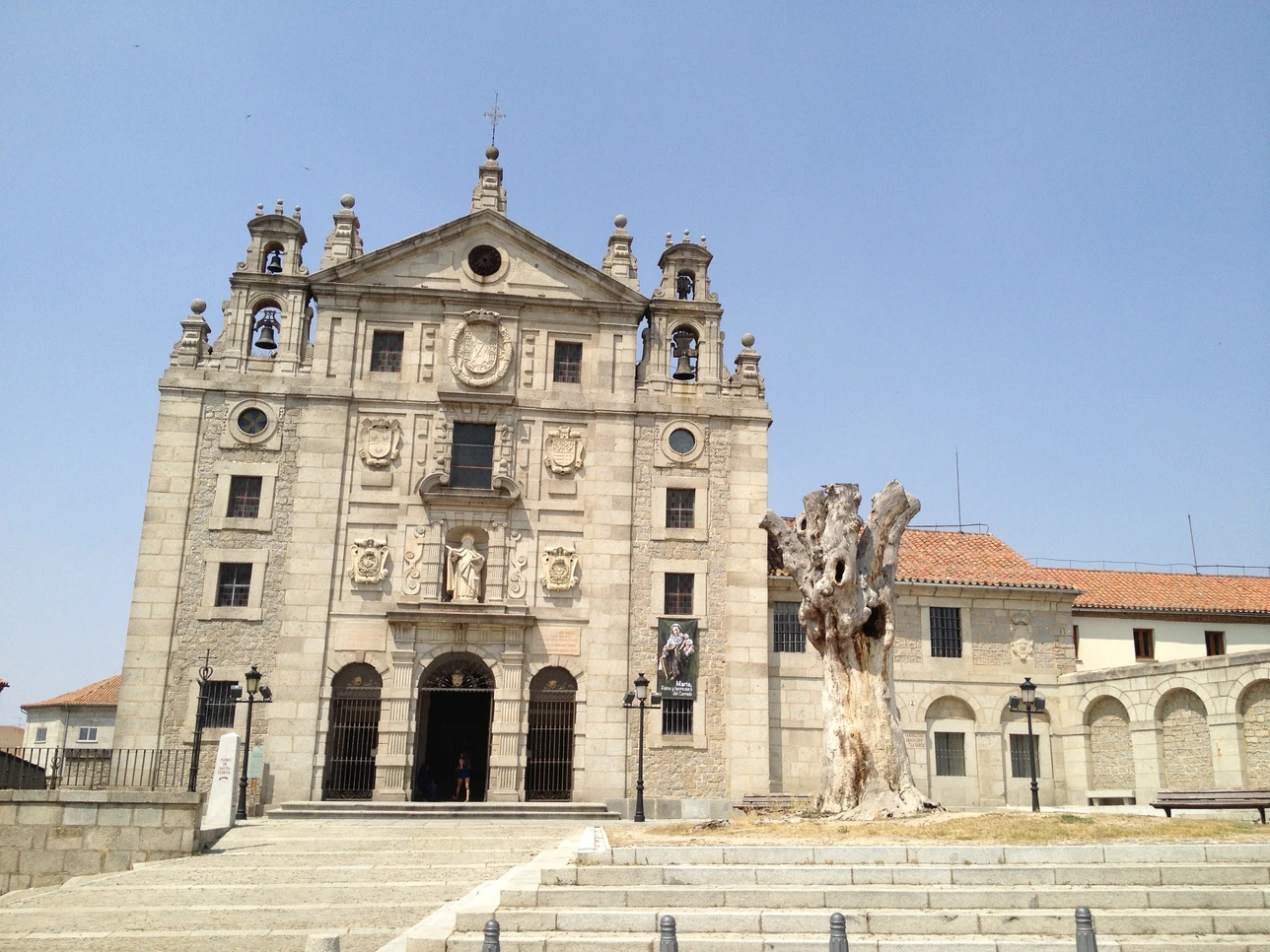
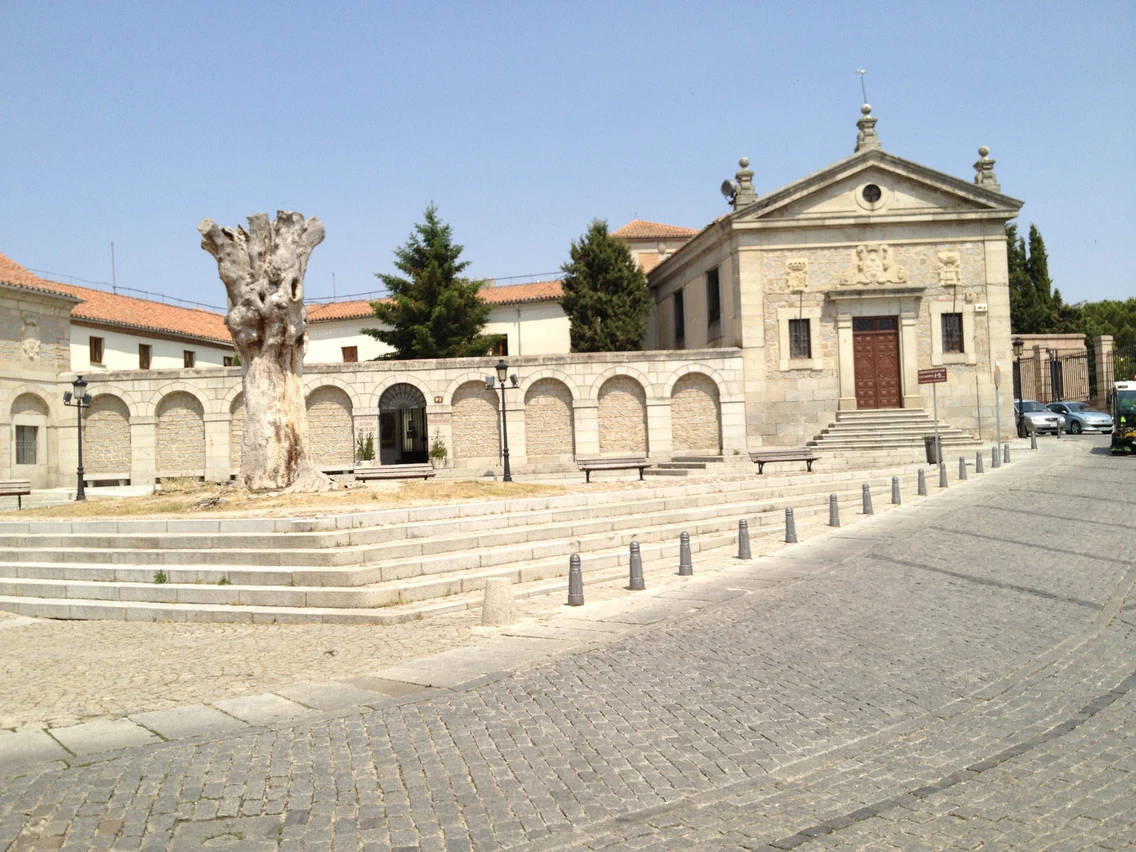


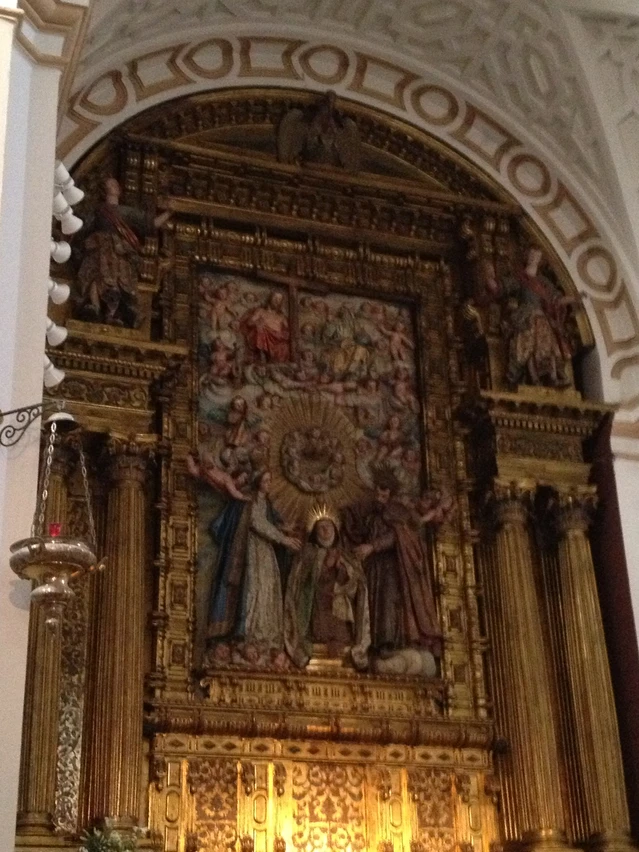
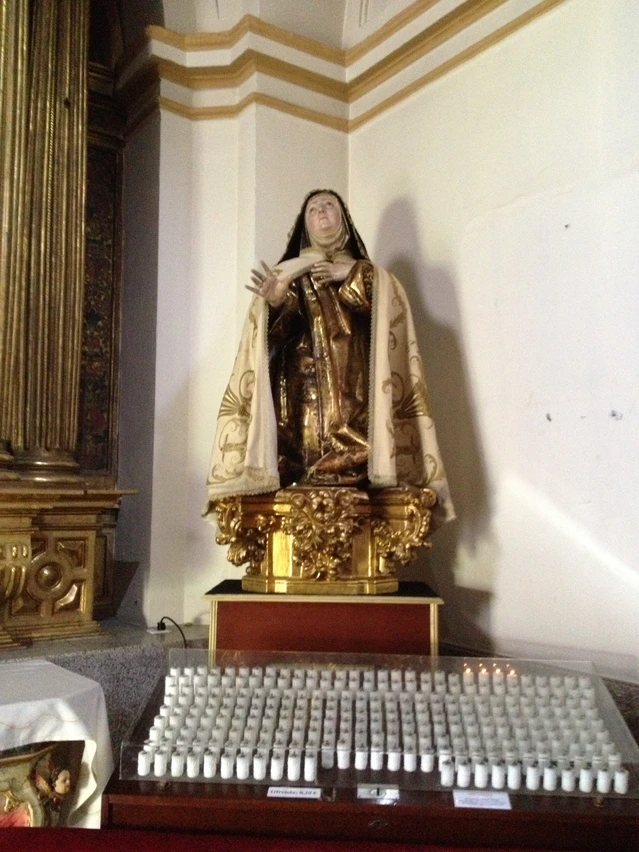
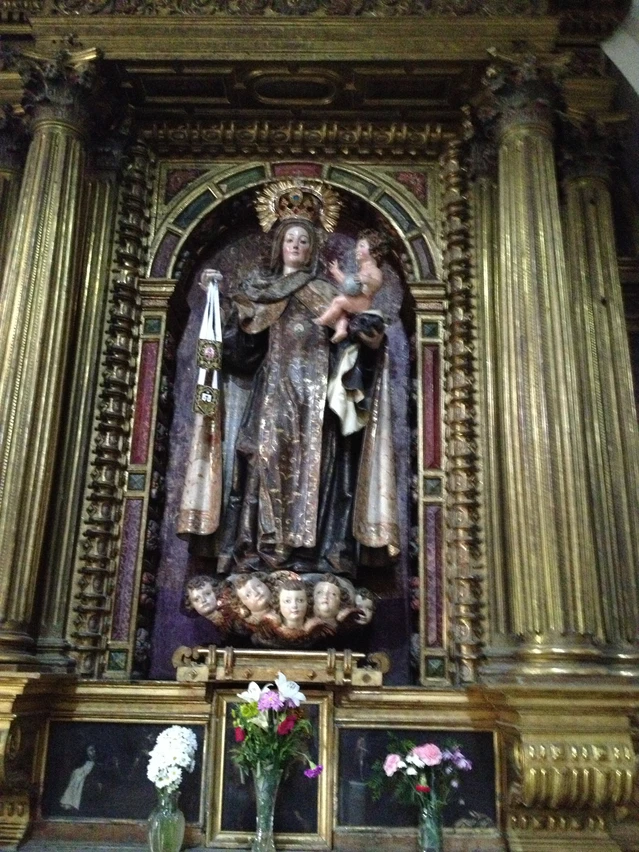
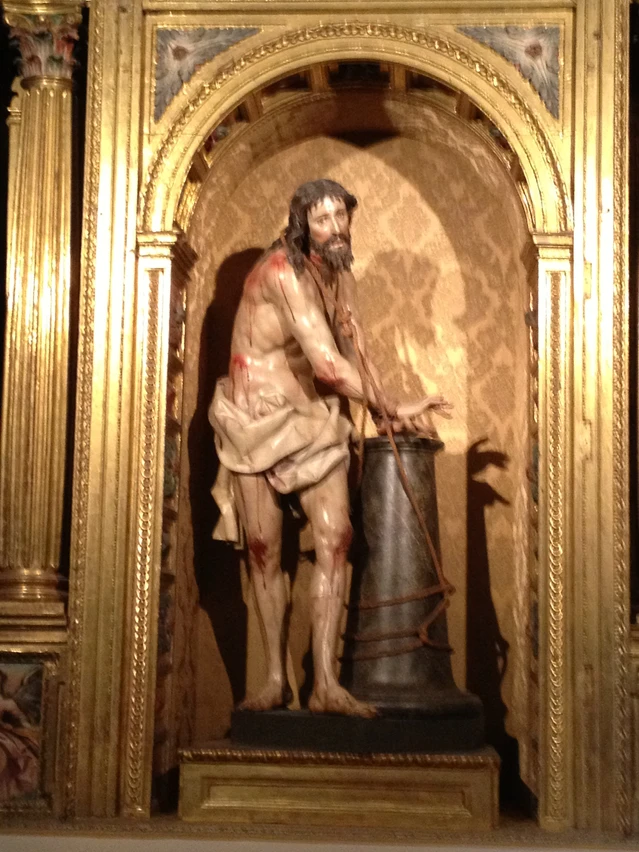
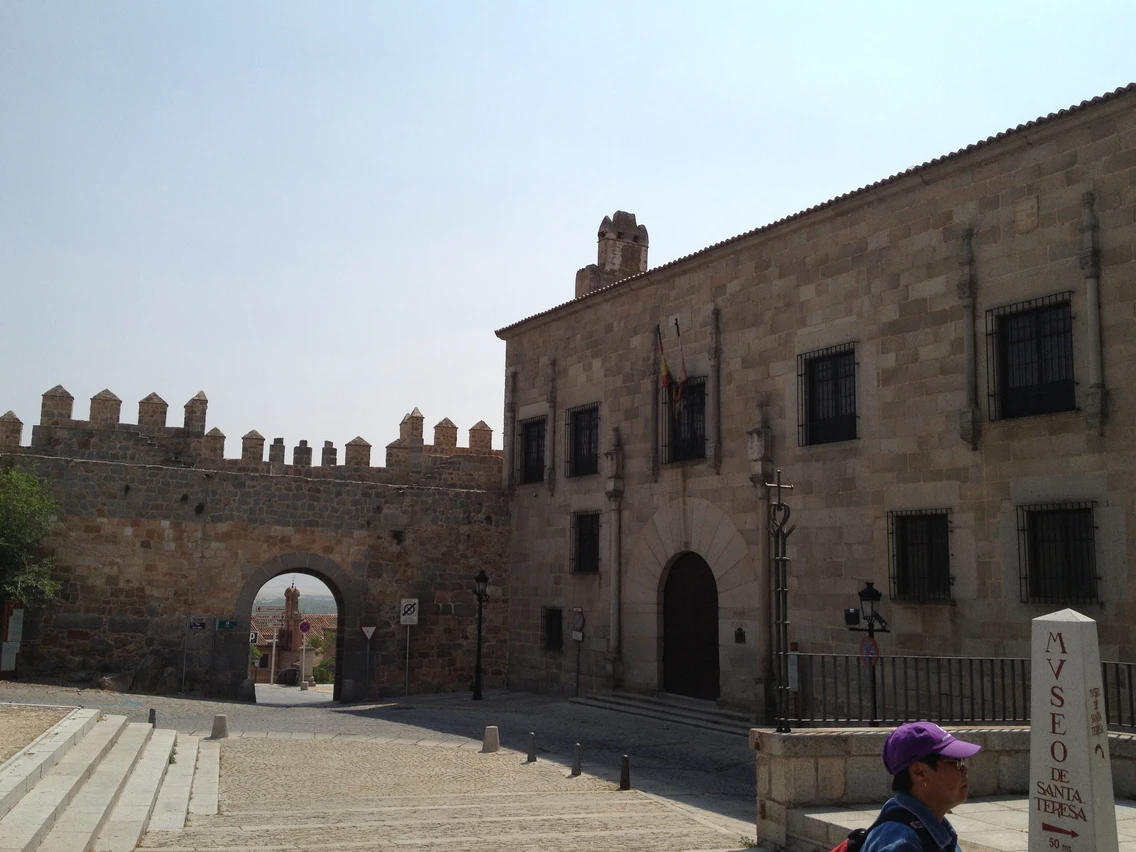
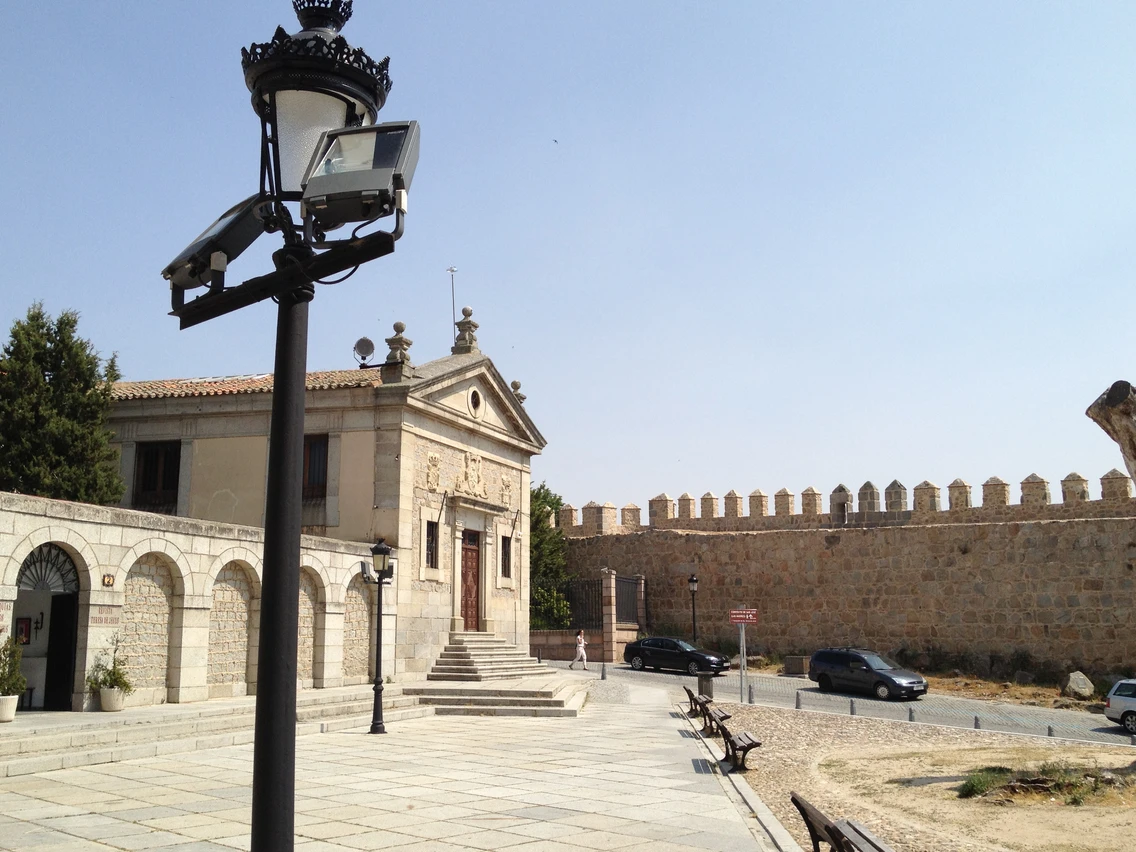

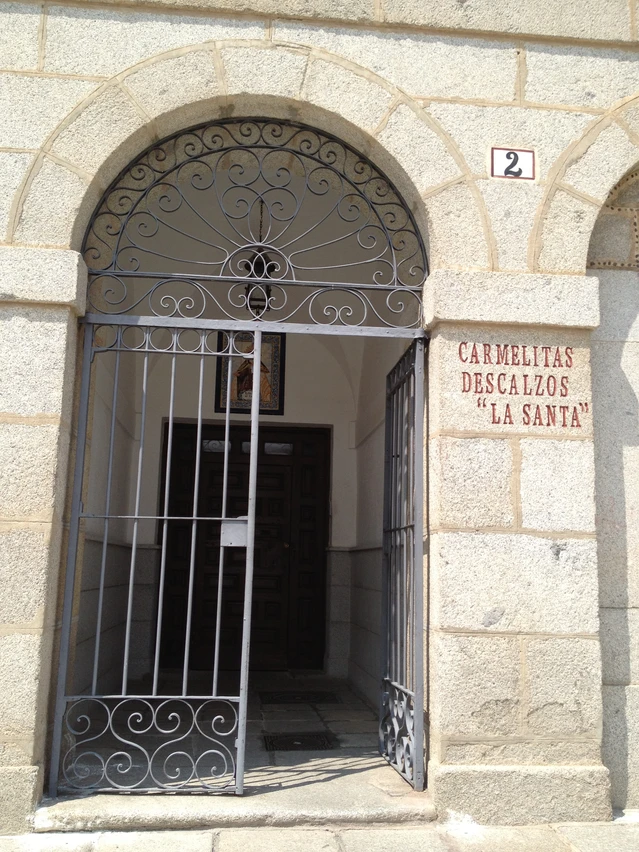
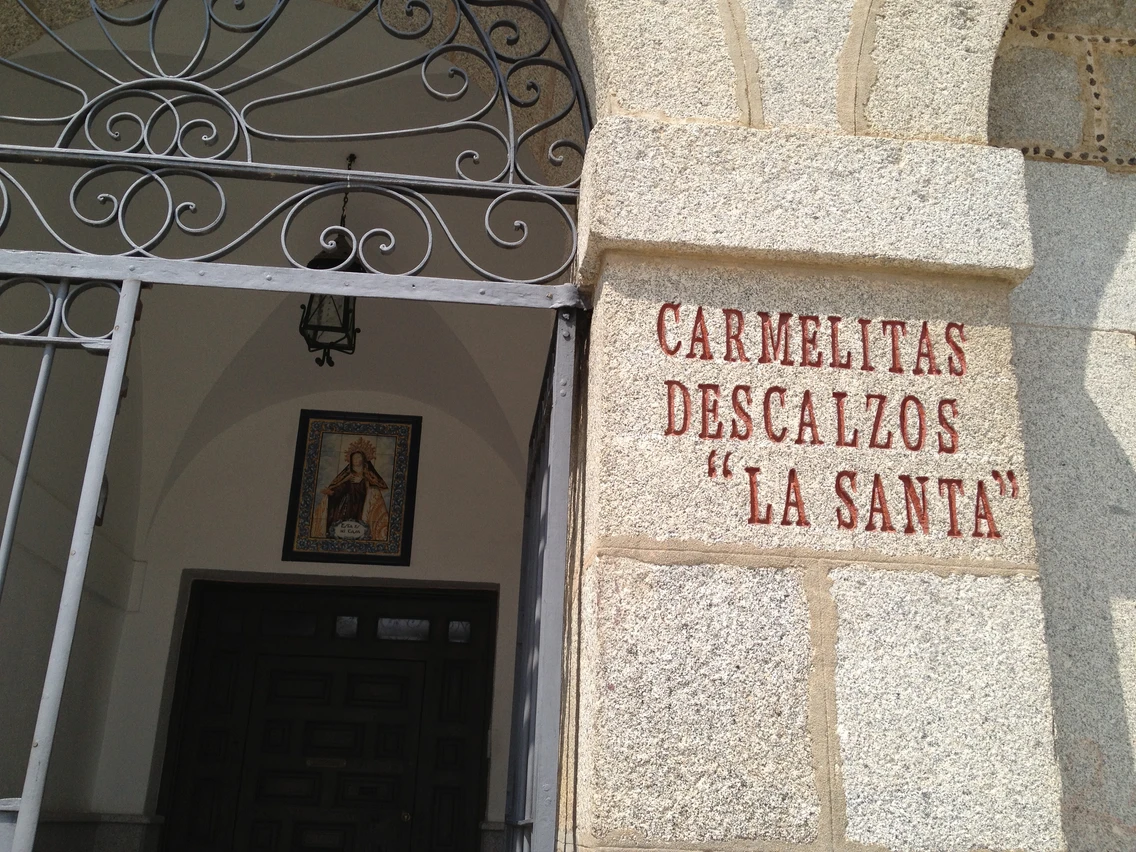
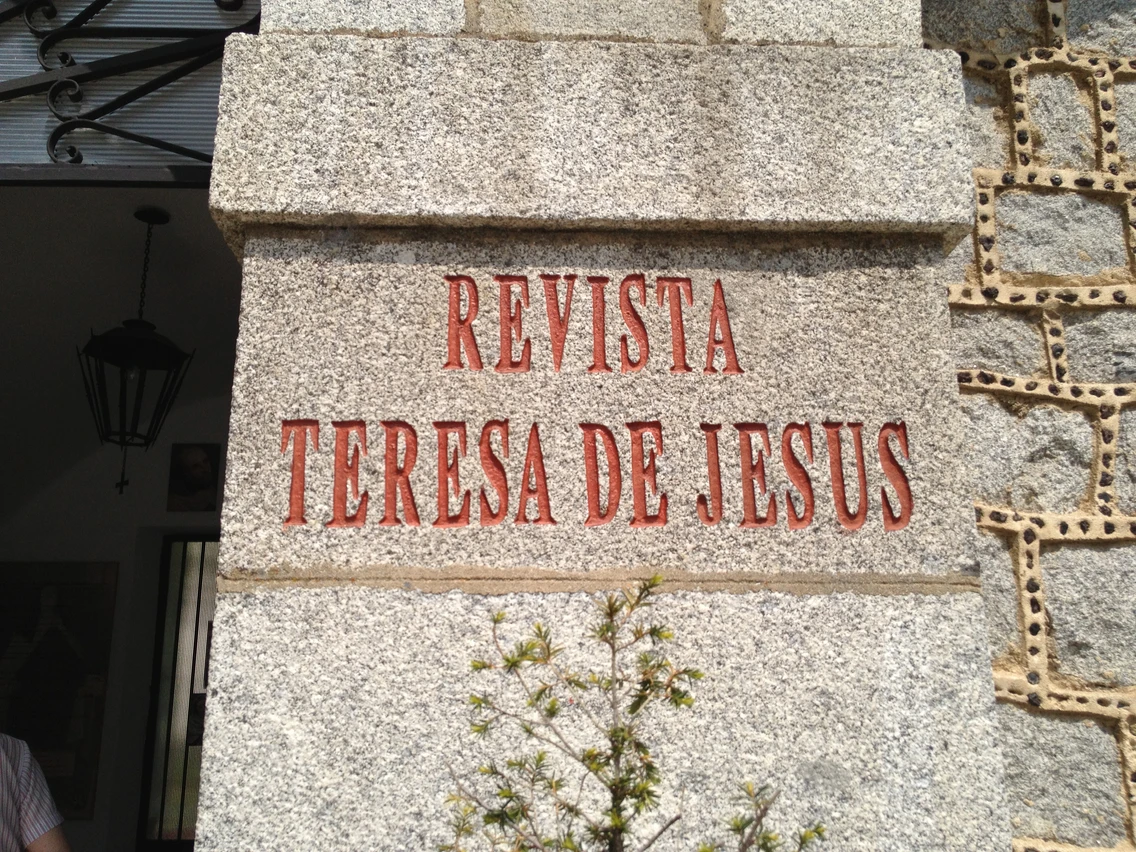









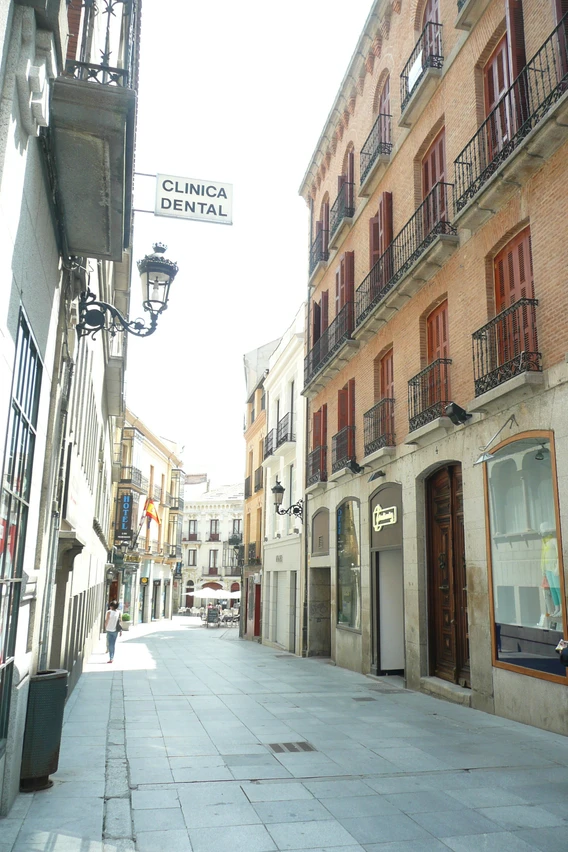
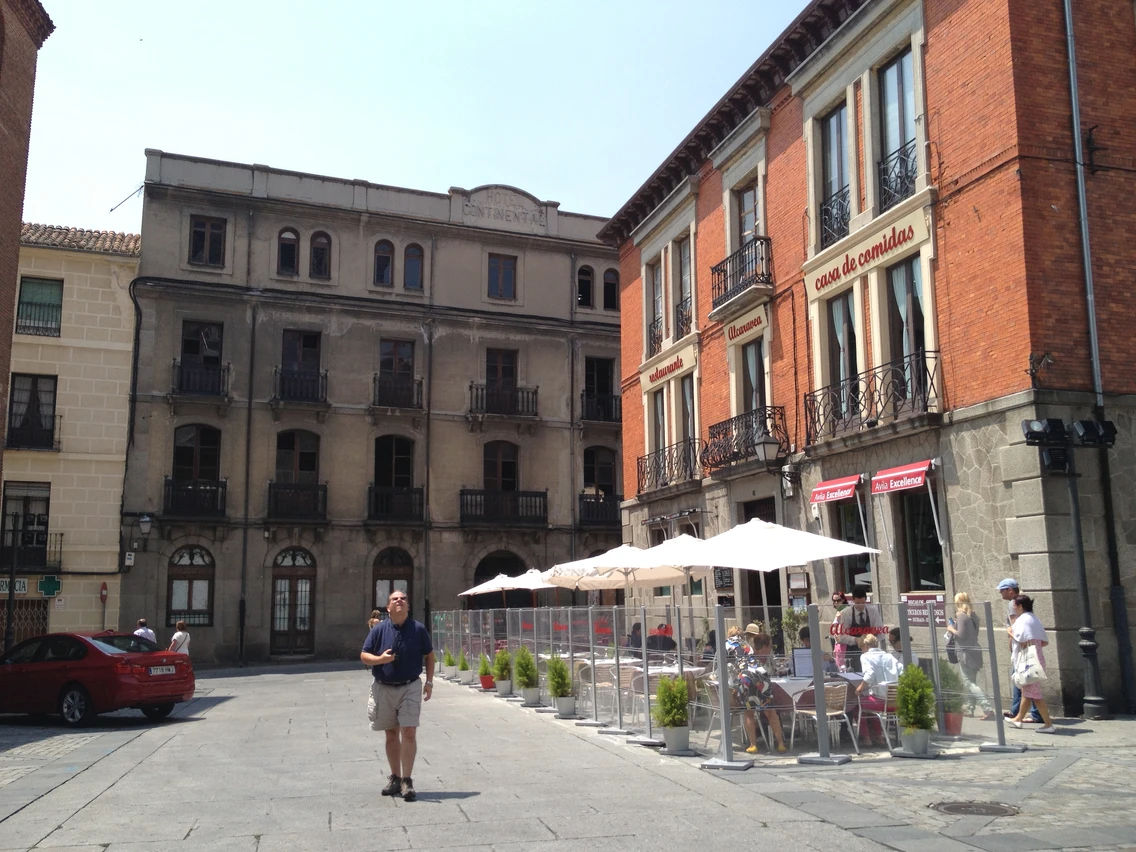
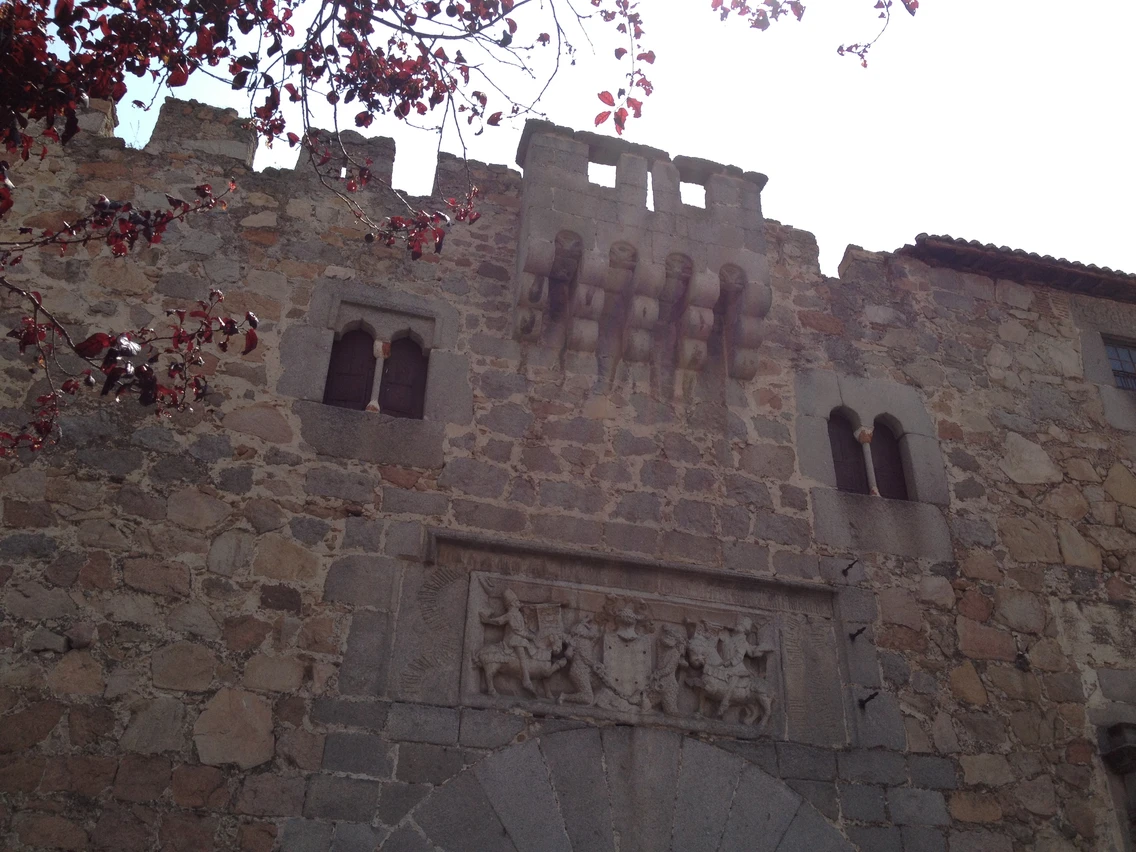
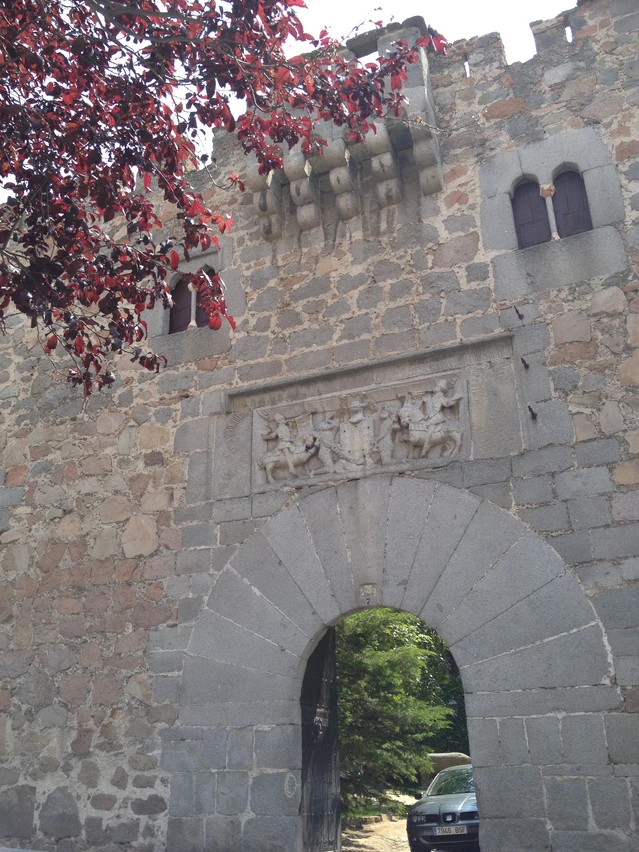



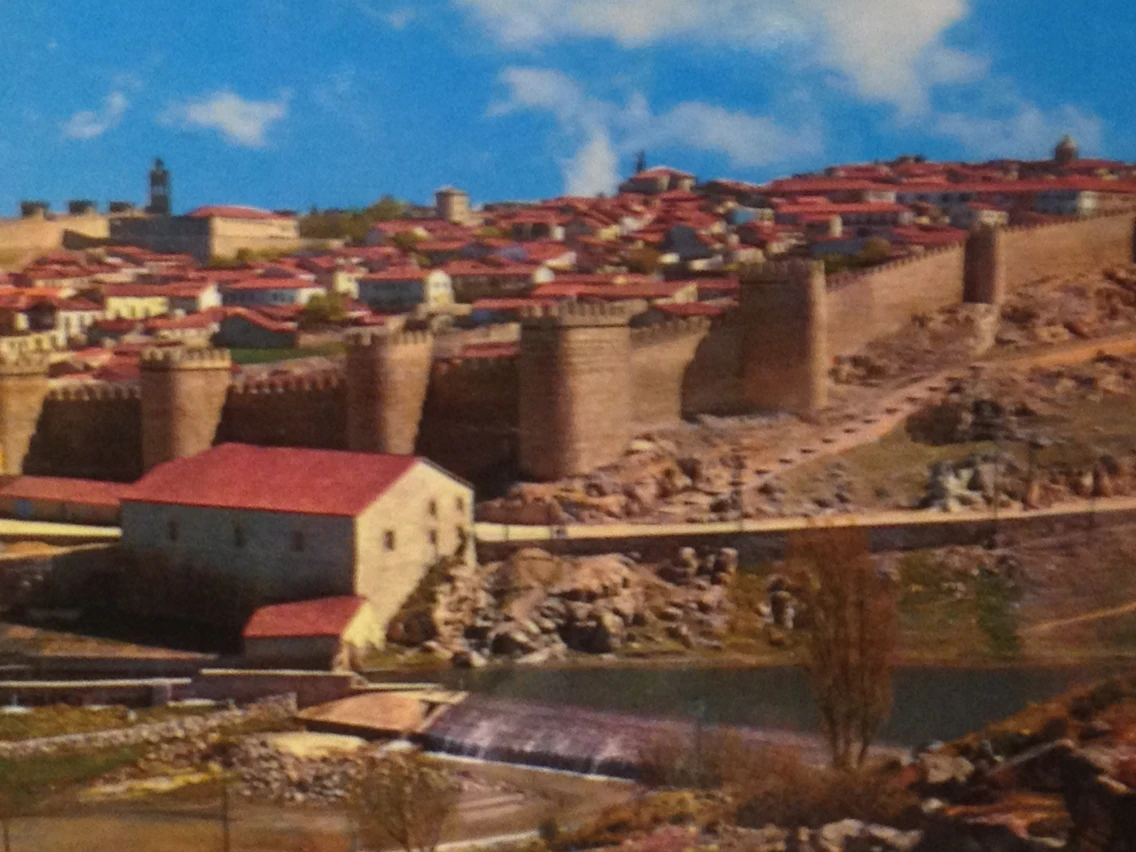
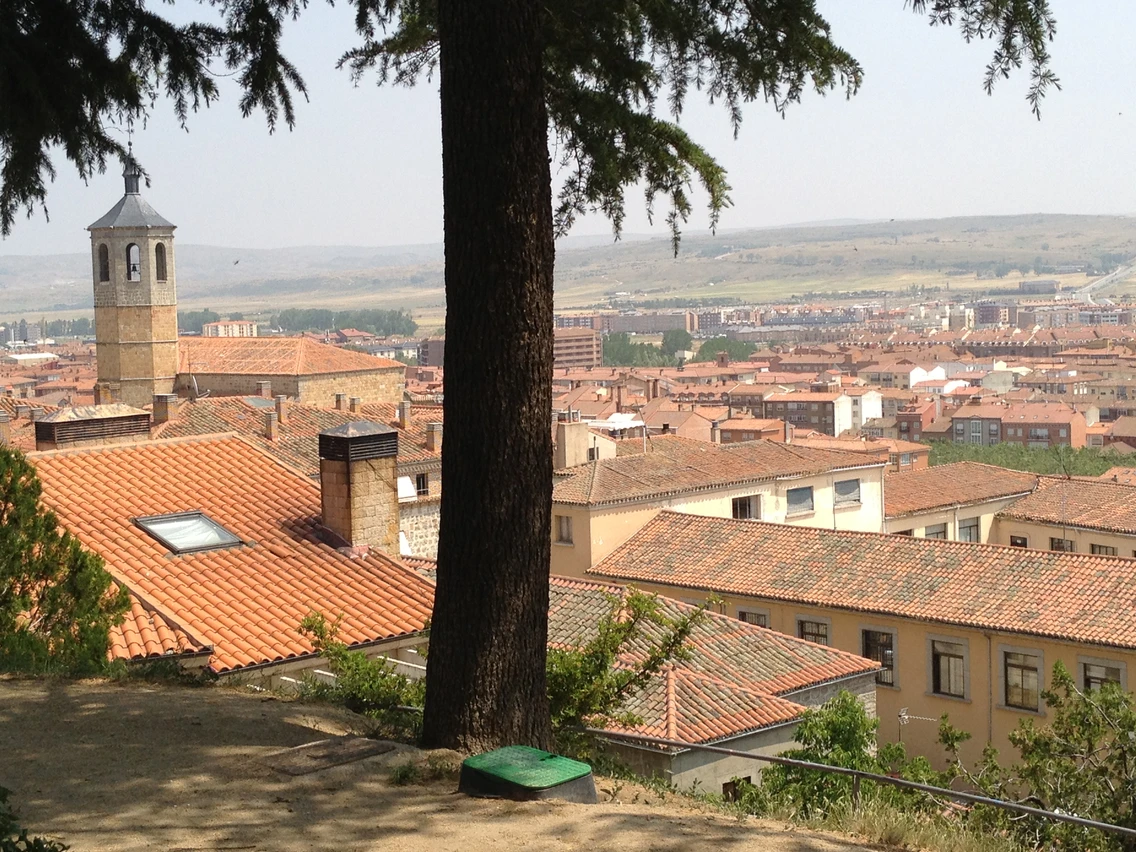
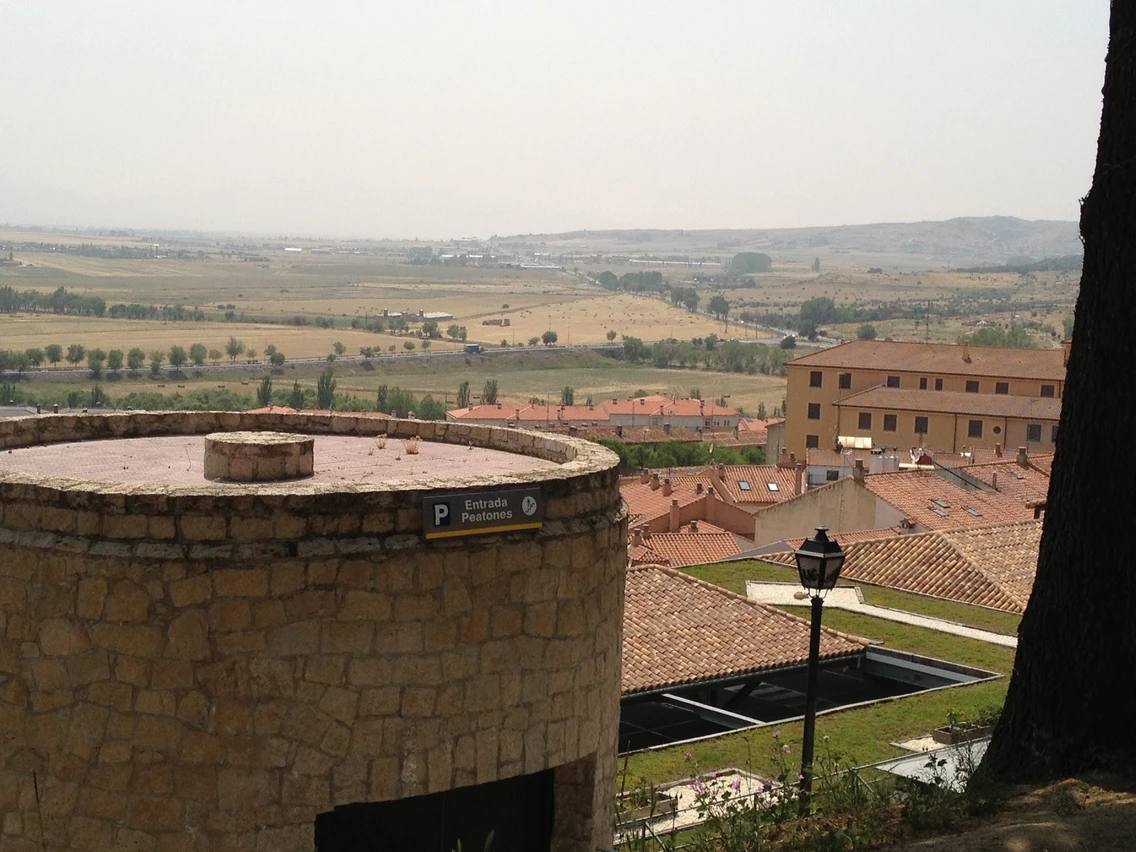
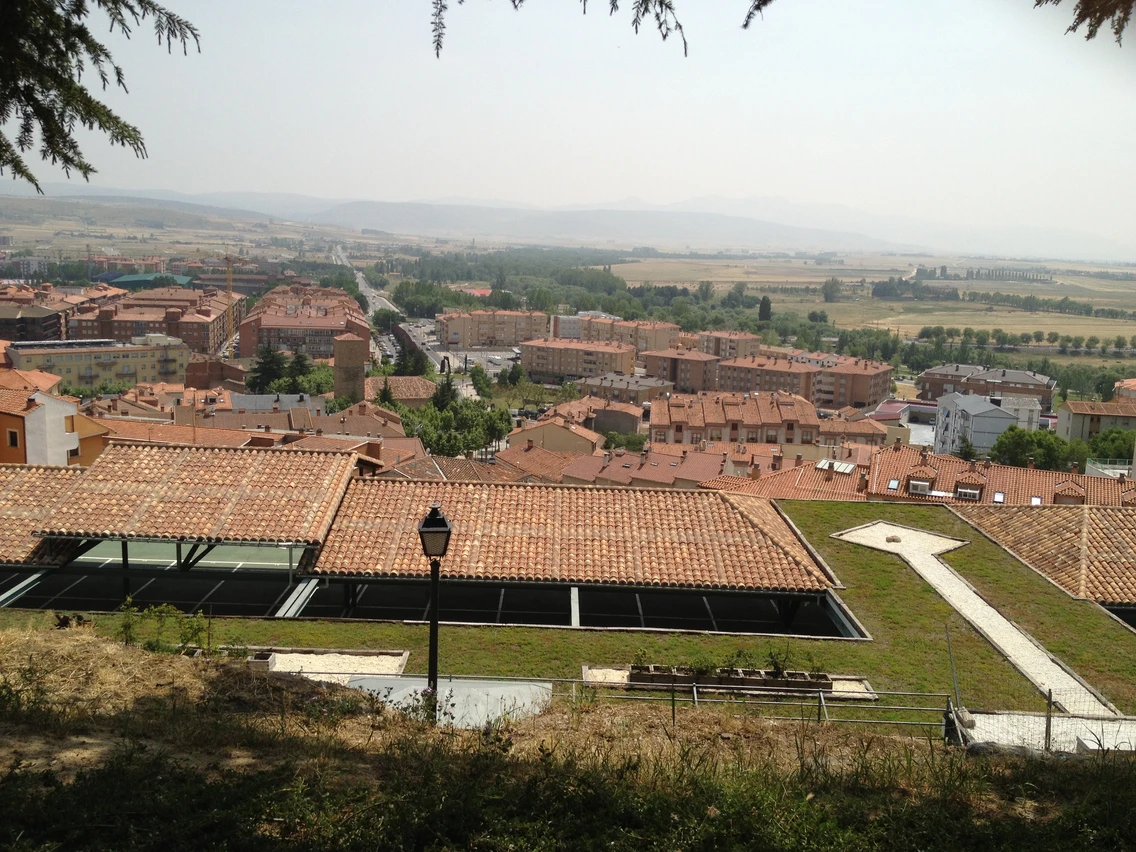
Comments